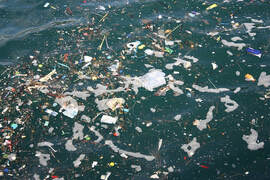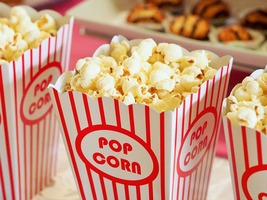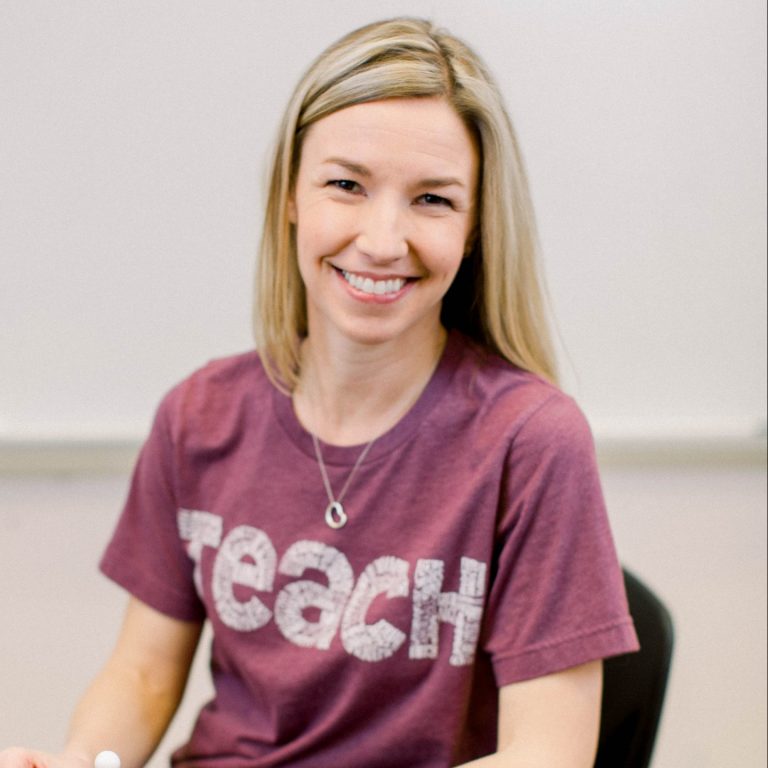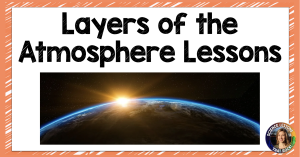Carbon Footprint Calculator- Have students calculate their carbon footprint at www.footprintcalculator.org. If you would like a worksheet to accompany the activity, click here.
Quadrat Biodiversity Survey- Go outside and have students complete a biodiversity survey. You can mark off quadrats with string, meter sticks, or even borrow hula hoops from the PE teacher. Here is a worksheet you can use for this activity.
Air Quality Lab- How clean is the air you are breathing? Use this simple 2 day lab to look at particulate matter in the air. (Microscopes required).
Learn About Acid Rain- If you are lucky enough to have rain during April, collect some of that rain water! Have your students compare the pH of tap water, bottled water, and rain water. They will be shocked how low the pH of rainwater is (It is generally around 5.6)!
Build A Water Filter- Millions of people around the world don’t have access to clean drinking water. Challenge your students to build a water filter with every day resources. Here is a free lesson to get you started from NASA.
Urban heat islands- Here in Phoenix, we have a major urban heat island problem. If you live in a large city, chances are you do too. Teach students about urban heat islands, and have them go outside and record temperatures of different materials on your school campus. Here is a lab worksheet you can use.
Can it be recycled? Try this card sorting activity where students sort objects based on how and if they can be recycled. You can find it here.
Want to try a virtual recycling activity? Check out this interactive.
Simulate an Oil Spill Cleanup- This lesson from National Geographic is really engaging! Students use vegetable oil, water, soap, food coloring, and other inexpensive materials to simulate an oil spill and analyze the best way to clean it up. You can check it out here.
Research a National Park- Have students do some research on a national park and add it to an interactive bulletin board. You can find a template here.
How Much Waste? Have your students see how much trash they produce by having them carry their trash around for a day. Give each students a grocery bag and the next day in class they can weigh their bags and analyze what percent is food waste vs recyclables etc. You may get some groans, but it is a very eye opening experience for them!
Bioblitz- A bioblitz is a citizen science biodiversity study hosted by National Geographic. You can learn more about it here.
Plan a Fundraiser- Have your students plan a school fundraiser for an organization such as Water Is Life or One Tree Planted. Even small donations go a long way!
Neighborhood Clean Up- Have students organize a neighborhood or park clean up near your school. It is also a great way to earn some community service hours they may need for classes or clubs!
Virtual Field Trip- Don’t have the funding to take your students on a field trip? Try a virtual one instead! Many sites such as Discovery have cool virtual experiences for students to see things that they wouldn’t normally have an opportunity to see. Here is a list of more options.
Plant a Tree on Campus- I know this sounds cliche, but honestly when I’ve done it in the past students really enjoy it and never forget it. I’ve had students that graduated come back and check on their tree. Call around to a few local nurseries, and they will often donate a tree for free to a school, or you can do a small fundraiser on campus to raise money for one. You can also check out this freebie that has students measure the worth of one tree.
Make an Infographic- Assign your students an Earth Day related topic (water pollution, renewable resources, recycling, etc) and ask them to do research and make you an infographic. Piktochart is a great and free website you can use to make info graphics. If you would like some worksheets to help guide students through the infographic making process, click here.
A Long Walk to Water- If you run a book club at your school or your library has multiple copies of this book, you might want to give it a try. It is a really quick read about kids in Sudan who struggle with having potable water.
Pacific Garbage Patch- Have your students heard of the Pacific garbage patch? Find an article on it (such as this one on newsela) and have students read about pollution in our oceans. Have them brainstorm ways to fix this problem.
Below is a list of documentaries and movies that are related to sustainability, conservation, and climate change on our planet. Preview before showing to make sure they are appropriate for your students.
Story of Stuff- This Youtube channel tracks consumer products from production to landfill. Choose a product you think your students might be interested in.
The Lorax- The original is available on Youtube.
Chasing Coral- available on Netflix.
Before the Flood- available on Netflix.
One Strange Rock- available on Netflix.
The Boy who Harnessed the Wind- available on Netflix
No Impact Man
Racing Extinction
Kiss the Ground













